
12-11-2025 09:25
 Viktorie Halasu
Viktorie Halasu
Hello, I need help with a pale terrestric Pseudom

11-11-2025 20:16
Bohan JiaHi, lastly I have found these tiny yellow decayin

09-11-2025 13:20
Hello.A tiny ascomycete, appearing as erupting gra

08-11-2025 00:29
 Francois Guay
Francois Guay
I found this species in Quebec, Canada, on herbace

04-11-2025 09:07
Hello.A suspected Hymenoscyphus sprouting on a thi
another black bitunicate asco
Ethan Crenson,
05-03-2019 05:59
Found on the same branch on which fruited the Trichopeziza (?) in my previous posting (56603). They are a cluster of tiny black fruiting bodies smaller than 1mm in diameter, rubbery (not carbonaceous) with a simple ostiole. Asci 72-89 x 12.5-13.5µm, IKI- and bitunicate. Spores light yellow to hyaline, 3-septate, some swollen above the central septation. They measure 17-20 x 6-6.8µm. I did notice one part spore (picture 5), like the missing nose cone of rocket. Any ideas what this could be.
Thanks in advance,
Ethan
Chris Yeates,
05-03-2019 16:41

Re : another black bitunicate asco
Looks very much like Melanomma pulvis-pyrius; can't think of anything else.
Regards
Chris
Ethan Crenson,
06-03-2019 20:05
Re : another black bitunicate asco
Chris,
Thank you for the suggestion. I'm reading a description of M. pulvis-pyrius in Fungi of Switzerland. The microscopic features seem to align fairly well with my collection. But it is described as being "without a distinct pore". Mine have a simple pore. Then again, I have also seen certain photos on the web claiming to show M. pulvis-pyrius with what looks like a distinct pore.
Do you know of any good literature I could acquire to read up on M. pulvis-pyrius?
Ethan
Chris Yeates,
06-03-2019 21:29

Re : another black bitunicate asco
The attached from Munk's Danish Pyrenomycetes. Note he refers to a "porus" and shows one in the section. I suspect the pores in your images are rather large following spore discharge and subsequent abrasion. I'm sure that 's what you have - it's a very common and widestread species.
regards
Chris
Ethan Crenson,
06-03-2019 22:33
Re : another black bitunicate asco
Many thanks!

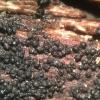
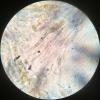
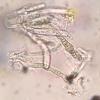
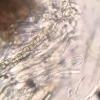
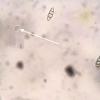
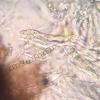
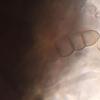
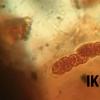
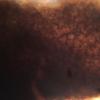
 Extracted-pages-from-1957-v17-n1-Munk-Pyrenos-0001.pdf
Extracted-pages-from-1957-v17-n1-Munk-Pyrenos-0001.pdf